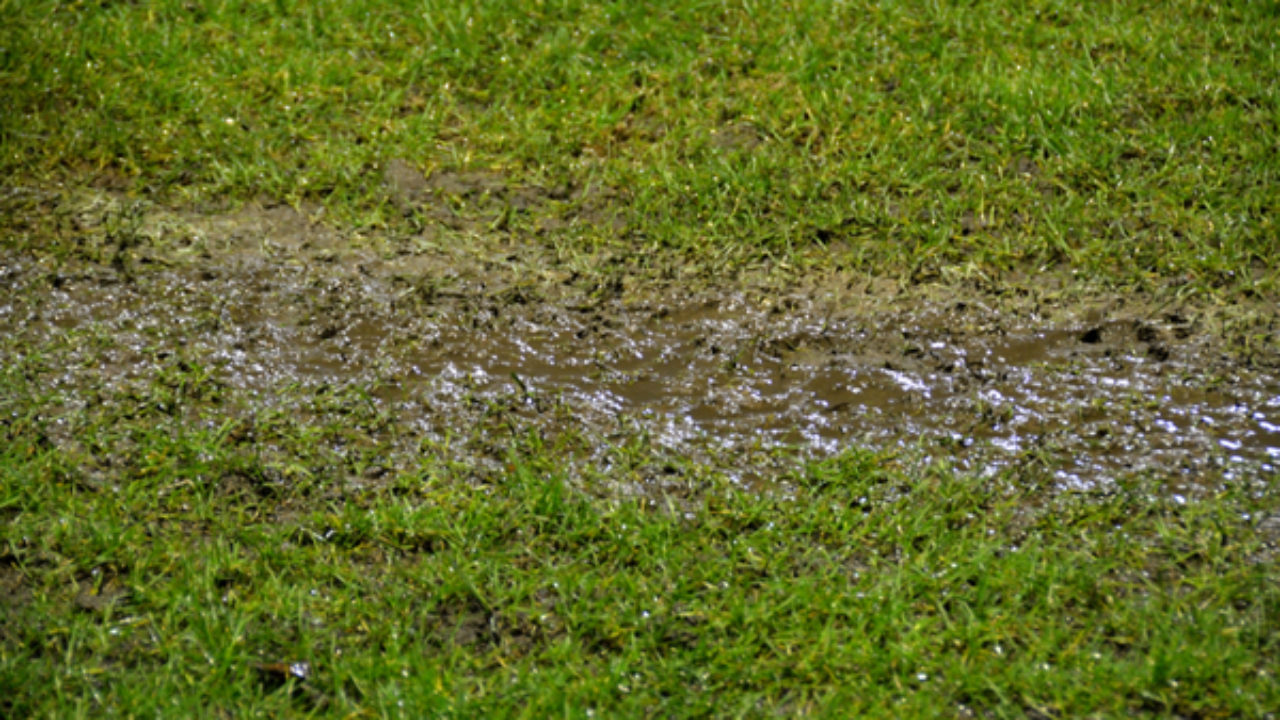How to Examine If Your Residence Has a Concealed Leak
How to Examine If Your Residence Has a Concealed Leak
Blog Article
Are you currently on the lookout for advice on Locating water leaks?

Early detection of leaking water lines can minimize a prospective calamity. Some small water leakages might not be noticeable.
1. Take A Look At the Water Meter
Every home has a water meter. Inspecting it is a surefire way that aids you find leaks. For beginners, switch off all the water sources. Guarantee no person will certainly flush, utilize the tap, shower, run the washing maker or dishwasher. From there, most likely to the meter and also watch if it will certainly change. Considering that no one is using it, there must be no activities. That indicates a fast-moving leak if it moves. If you detect no modifications, wait a hr or 2 and also examine back again. This implies you may have a sluggish leakage that can even be below ground.
2. Check Water Intake
Assess your water bills and track your water usage. As the one paying it, you must see if there are any kind of disparities. If you detect sudden changes, regardless of your intake coinciding, it suggests that you have leakages in your plumbing system. Bear in mind, your water bill ought to fall under the same range monthly. An unexpected spike in your expense indicates a fast-moving leak.
A constant boost every month, even with the very same routines, reveals you have a slow-moving leak that's additionally gradually rising. Call a plumber to completely check your home, particularly if you really feel a cozy area on your flooring with piping beneath.
3. Do a Food Coloring Test
When it comes to water usage, 30% comes from commodes. Test to see if they are running effectively. Decrease flecks of food color in the tank and also wait 10 minutes. If the shade somehow infiltrates your dish during that time without flushing, there's a leak in between the storage tank as well as bowl.
4. Asses Exterior Lines
Don't fail to remember to inspect your outside water lines too. Must water permeate out of the link, you have a loosened rubber gasket. One tiny leakage can squander tons of water as well as surge your water expense.
5. Evaluate and also Analyze the Situation
Home owners should make it a habit to check under the sink counters and even inside closets for any kind of bad odor or mold and mildew development. These 2 red flags indicate a leak so prompt attention is needed. Doing regular examinations, also bi-annually, can conserve you from a significant issue.
Inspect for stainings as well as weakening as the majority of appliances as well as pipelines have a life span. If you suspect leaking water lines in your plumbing system, do not wait for it to escalate.
Early discovery of leaking water lines can alleviate a potential calamity. Some tiny water leakages might not be visible. Examining it is a surefire means that helps you find leakages. One tiny leakage can waste heaps of water and surge your water costs.
If you suspect dripping water lines in your plumbing system, do not wait for it to escalate.
WARNING SIGNS OF WATER LEAKAGE BEHIND THE WALL
PERSISTENT MUSTY ODORS
As water slowly drips from a leaky pipe inside the wall, flooring and sheetrock stay damp and develop an odor similar to wet cardboard. It generates a musty smell that can help you find hidden leaks.
MOLD IN UNUSUAL AREAS
Mold usually grows in wet areas like kitchens, baths and laundry rooms. If you spot the stuff on walls or baseboards in other rooms of the house, it’s a good indicator of undetected water leaks.
STAINS THAT GROW
When mold thrives around a leaky pipe, it sometimes takes hold on the inside surface of the affected wall. A growing stain on otherwise clean sheetrock is often your sign of a hidden plumbing problem.
PEELING OR BUBBLING WALLPAPER / PAINT
This clue is easy to miss in rooms that don’t get much use. When you see wallpaper separating along seams or paint bubbling or flaking off the wall, blame sheetrock that stays wet because of an undetected leak.
BUCKLED CEILINGS AND STAINED FLOORS
If ceilings or floors in bathrooms, kitchens or laundry areas develop structural problems, don’t rule out constant damp inside the walls. Wet sheetrock can affect adjacent framing, flooring and ceilings.
https://www.servicemasterbyzaba.com/blog/how-to-detect-water-leakage-in-walls/

We were shown that editorial on Locating water leaks from someone on another web blog. Sharing is nice. You never know, you may very well be helping someone out. I appreciate reading our article about Leaking water lines.
Report this page